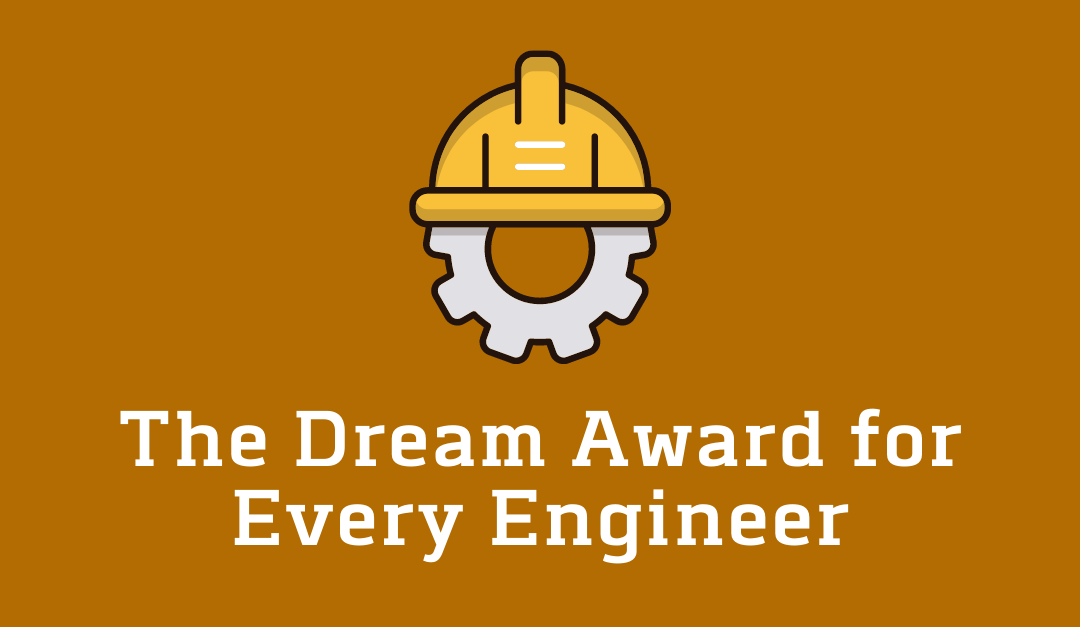By Professor Pam Bogdan, Engineering Department, Ocean County College
Michelson IP Educator in Residence, National Association for Community College Entrepreneurship
What Patents Can Do for the Individual
Think of any high honor or award: the Nobel Prize, an Oscar, a Pulitzer or a Grammy. Most engineers would add obtaining a patent to that list. There are a number of benefits of a patent for the individual and their employer. The patents awarded to an engineer provide external affirmation of their skills and expertise. The patent plaque is a badge of honor to hang on their office wall. Moreover, it is a tangible demonstration that their solution to a real world problem was unique and worthy of acknowledgement.
During my engineering career, I was fortunate to work with a number of great technical teams that enabled me to be the inventor or co-inventor of 25 patents.
For technical organizations, patents provide an objective measure of the value those teams provide to a company. Each year, technical managers do career and goal planning with their employees. During those sessions they often look at the following 3 dimensions of motivation for their employees:
1) Work focus and content
2) Recognition and acknowledgement
3) Work community
Obtaining both individual and group patents helps with all 3 of those dimensions of employee motivation.
What Patents Can Do for the Corporation
Innovation is applied creativity in order to gain more value from an invention or creation. Intellectual property (IP), whether a patent, copyright, trademark or trade secret is a way to protect that value. It can also be a measure of the contributed value. In “Mispriced Innovation” the authors show that corporations that invest in patents perform better than those that do not. As the title of the article states, you can often use the pursuit of patents as a measure of potential business success.
How to Encourage Innovation & Patents
So how does an organization encourage innovation that leads to patenting? Companies that have a reward and acknowledgement program are addressing both emotional and financial motivators. On an emotional level, most engineers would tell you that acquiring a patent for something they designed during their career is probably on their “bucket list.” Moreover, to expand that into other areas of IP, think about the personal cache of being able to say that they hold a trade secret.
There are many ways to put both reward and acknowledgement programs in place in order to encourage creativity and innovation. Inventors can obtain some level of financial award, even though the sponsoring company typically owns the rights to the patent. Like any incentive program, the rewards should be designed to encourage the active creation of useful solutions for the sponsor.
Pam’s 25 patents include a ‘Data analytics system and methods for text data’. Feel free to contact her at [email protected] to share your stories about encouraging invention, technical innovation, and patents.
WANT TO LEARN MORE ABOUT THE BENEFITS OF A PATENT? CHECK OUT THESE FREE RESOURCES BELOW:
Can You Apply for a Patent Without Legal Assistance?
How (and Why) to File a Provisional Patent Application
Download the Free Infographic Below
_________
The Michelson Institute for Intellectual Property, an initiative of the Michelson 20MM Foundation, provides access to empowering IP education for budding inventors and entrepreneurs. Michelson 20MM was founded thanks to the generous support of renowned spinal surgeon Dr. Gary K. Michelson and Alya Michelson. To learn more, visit 20mm.org.


i want to learn more about the benifits of a patent